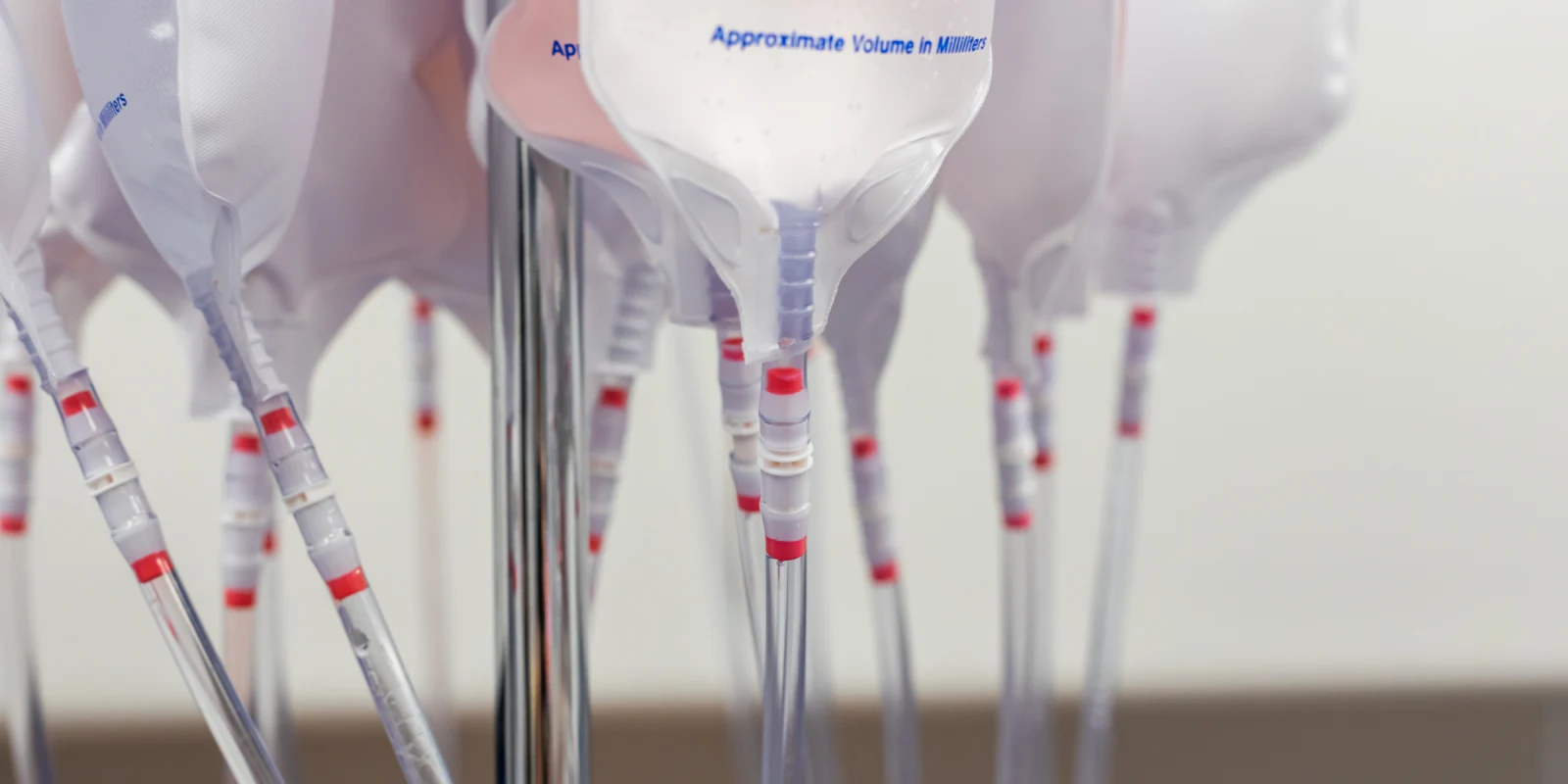Dr. Joshua Davis is a 2020–2021 Doximity Research Review Fellow. Nothing in this article is intended nor implied to constitute professional medical advice or endorsement. The views expressed in this article are those of the author and do not necessarily reflect the views/position of Doximity.
Skin and soft tissue infections (SSTIs), including cellulitis and abscesses, commonly present in the ED, often resulting in admission. However, data suggests that the majority of hospitalizations for SSTIs are unnecessary, and the mortality or need for interventions during these hospitalizations is quite low. The typical reason for admitting a patient with an SSTI is the need for “IV antibiotics.” And yet, pharmacologically, a true need for parenteral antibiotics is rare because the oral bioavailability of many antibiotics is quite high and predictable.
There are cases, however, in which oral options may not be available or effective, as in patients with resistant organisms like MRSA. The relatively new second-generation lipoglycopeptides, including dalbavancin and oritavancin, are long-acting single-dose antibiotics with activity against MRSA. They present an attractive alternative to treating SSTIs and preventing unnecessary hospitalizations. These medications can be given in a single dose in the ED and provide coverage for up to one week. This is an attractive option for patients with limited access to care, difficulty filling a prescription, or who struggle to reliably take oral medications.
A study conducted by Talan et al. investigated a new care pathway involving dalbavancin in a pre-/post-intervention analysis. It showed a reduction in initial hospitalizations from 39% to 17%, and subsequent hospitalizations over the next 44 days from 45% to 29%. These reductions are quite significant. Nearly half of initial admissions, and another 50% of subsequent admissions, were avoided.
That said, the study has some important limitations. First, as designed it included a 24-hour phone call and 48–72 hour in-person visit as part of the pathway, establishing prompt follow-up for patients. Given the frequency at which patients are admitted for “IV antibiotics,” when what they really need is simply close observation and follow-up, the phone calls and in-person visits are probably one of the major reasons hospitalizations dropped. And, of course, it’s worth considering that insurance companies will often not reimburse for admissions absent a need for “IV antibiotics.” If follow-up could be assured as it was in Talan et al.’s study, I am sure physicians would be more comfortable discharging patients. Second, in its pre-/post-analysis, the study did not include randomization. Thus, there is a possibility that there were other interventions or systems-level issues at play. There also could be measured or unmeasured differences between the pathway groups.
New antibiotics show promise in improving care for SSTIs. Though they can be quite expensive, if used in appropriately selected patients (i.e., patients at higher risk of MRSA and/or limited access to care, like patients experiencing homelessness and IV drug users), we can make strides in avoiding unnecessary hospitalizations. I look forward to increased access to these new medications.
Dr. Joshua Davis is an emergency physician who completed his residency at Penn State Milton S. Hershey Medical Center. He completed medical school at Thomas Jefferson University and received his undergraduate degree from the University of Delaware. His research interests are broad and include emergency medicine topics along with patient safety, handoff communication, and diet and exercise.
Image by magicoven / Shutterstock







